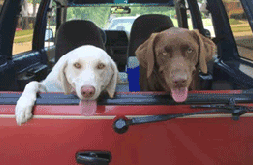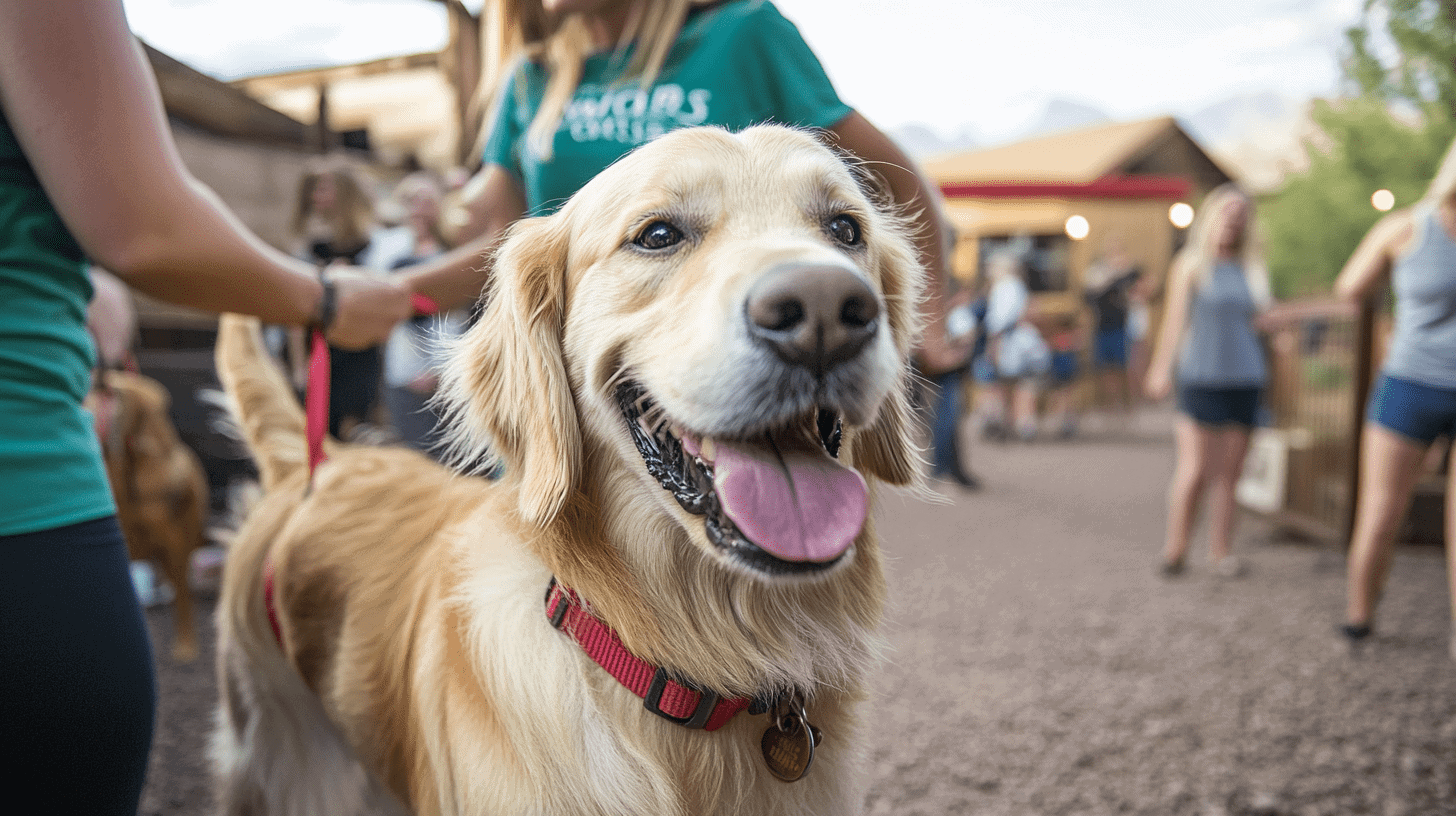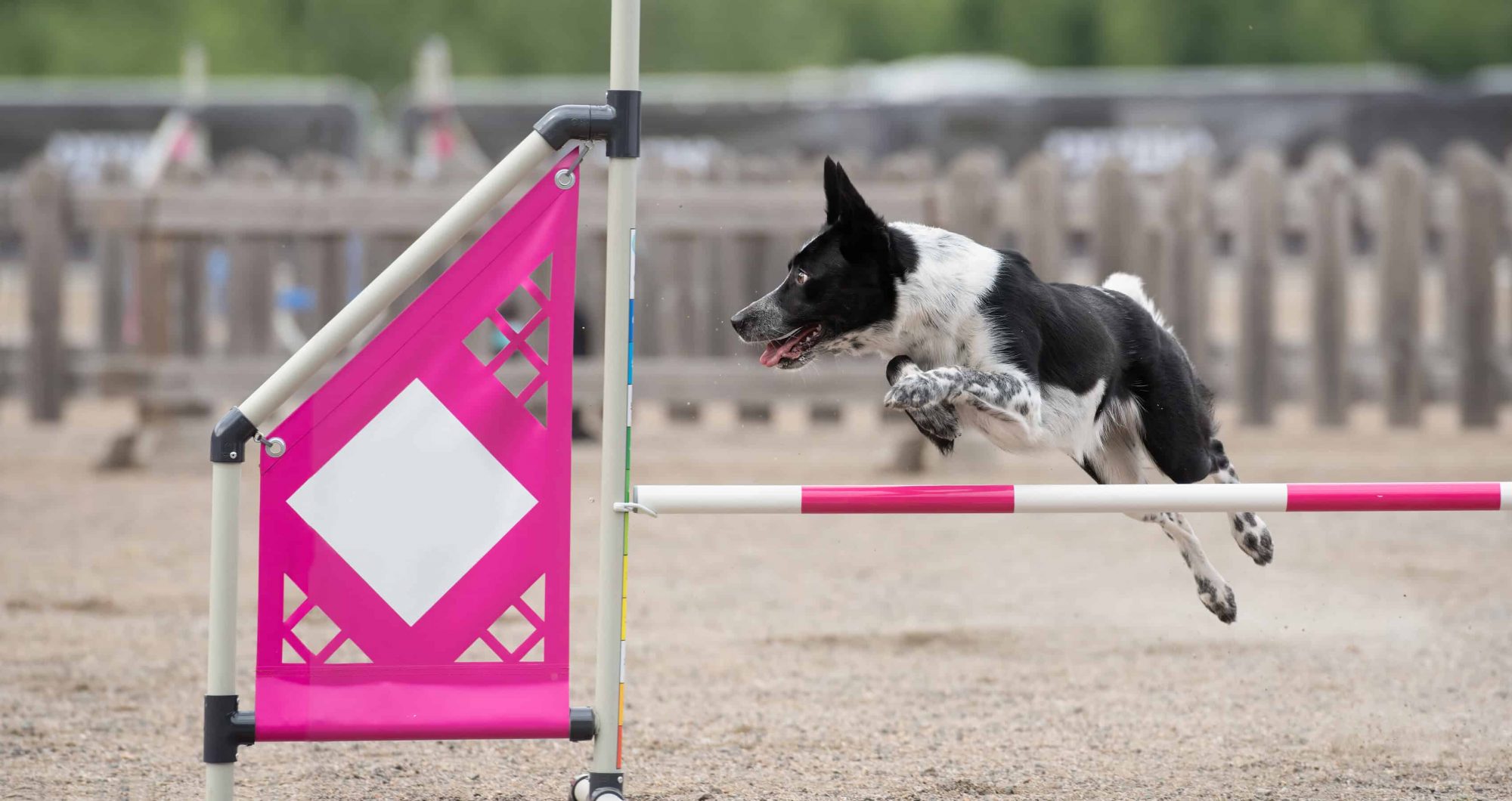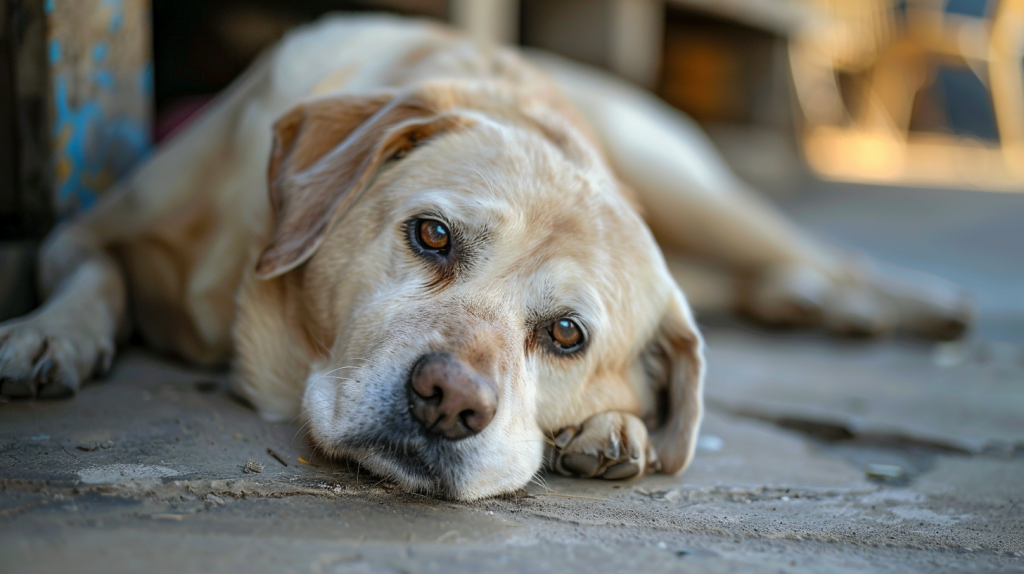
Vet Buzz from Bill Barboni, DVM and Chris Pitts, RVT, Marin Pet Hospital, San Rafael, CA
If you think you get hot in the summer, think how it must feel to go through the hotter months wearing a fur coat. Heat stroke is a major concern in the spring and summer. Here are a few recommendations to prevent heat stroke:
Make sure your pet always has access to shade.
Make sure your pet always has access to plenty of cool drinking water.
Exercise in the early morning or evening to avoid the hottest part of the day.
Never leave your unattended pet in the car.
Dogs are more susceptible to heat than humans. Therefore, if you are feeling parched and tired, your dog is even worse off.
The signs of heat stroke are excessive panting and lethargy in both dogs and cats.
At our hospital the most common causes of heat stroke we see are going for a run in the middle of the day, and leaving a pet in the car. However, a pet left in the yard without any shade on a hot day is also quite susceptible.
If you think your pet has heat stroke, use cool water (NOT ice water) to hose him down completely, and get your pet into the shade. Then call your vet.
If you are able to take your pet’s rectal temperature, do so. Any body temperature over 102.6 is considered a fever. Any body temperature over 105.0 can cause metabolic and brain damage. Being able to relay your pet’s temperature to the veterinarian will help him decide if your pet needs medical attention. If your veterinarian decides that going into the hospital is not necessary, it is a good idea to take your pet’s temperature every half hour to make sure it is remains in the normal range, 99.8 to 102.6.
Excessive heat can cause metabolic changes in your pet that can lead to death if not caught early enough. As is usual, we advocate that an ounce of prevention is worth a pound of cure.






